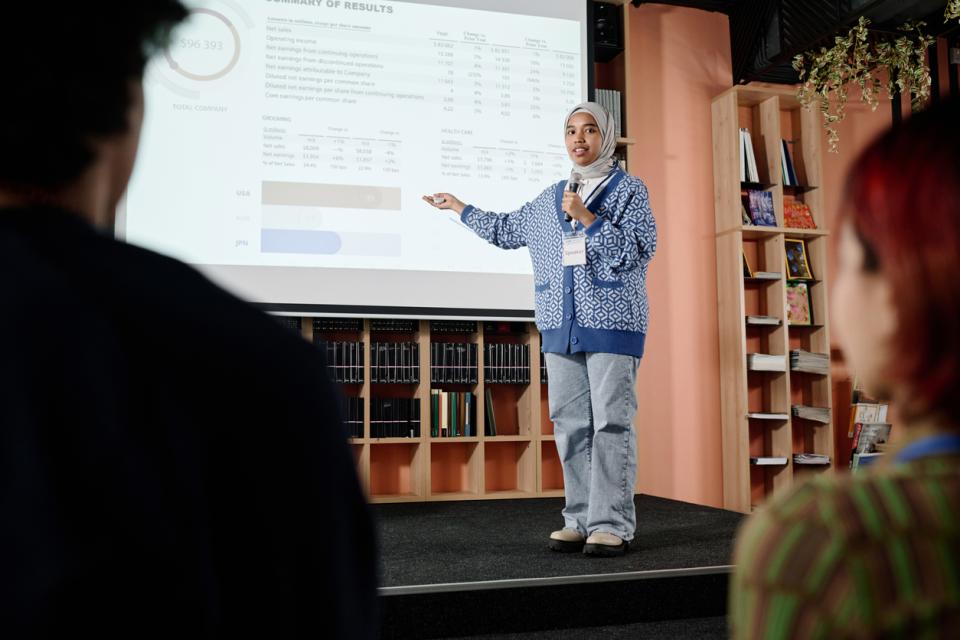As part of our Social Problem, Policy Analysis and Accountability course, students must focus on an area of interest (eg, education, housing, and healthcare) and write up a policy analysis report. This assessment component is designed to bridge theory and practice by requiring students to engage with real-world policy issues relevant to their lived experiences and future careers. In this article, I outline how to equip students with the skills and knowledge to approach it effectively.
Help students frame their analyses
Students are often ambitious when framing their policy analysis, which results in shallow and vague reports. To avoid this, we need to teach students how to narrow down the inquiry focus. One way to do this is to ask students some concrete framing questions, such as:
- “Who is affected by this policy?”
- “What is the smallest unit I can analyse?
- “What time period am I examining?”
Another approach is to use a funnel method: for instance, students can start with the broad topic of health inequality, and then narrow it down to mental health access gaps, and eventually focus on waiting times for youth depression treatment in a district’s healthcare centre.
A further way to help students narrow their focus is to introduce some boundary-setting tools, prompting students to consider characteristics such as the historical period, geographic context, demographic characteristics and specific policy stages.
Use buzzwords
Use buzzwords to prevent students from picking overly broad or purely theoretical topics and ensure their work is feasible and socially relevant. We use the following:
“Interesting”: this prompts students to choose topics relevant to their daily lives that they are intrigued by and passionate about.
“Important”: this requires them to focus on issues that are significant to specific social groups and sectors.
“Impactful”: this makes students consider how they can use their reports to influence policy processes and outcomes, especially long-term and sustainable ones.
“Innovative”: this invites students to think outside the box and embrace alternative perspectives, creative solutions and forward-thinking to understand and analyse an issue.
“Implementable”: this ensures analyses are practical and feasible within the given time frame.
Bring policy analysis home
Make policy analysis more accessible and relevant to students’ lived experiences by requiring them to use diverse and real-world sources as evidence in their policy analyses, rather than relying solely on traditional academic data. This prepares them to make sense of policies using the same mixed evidence that real policymakers encounter. Plus, it reduces reliance on complex research methods that may intimidate students.
Rather than relying on conventional ways of data collection, such as survey questionnaires and interviews, we ask students to use a wide range of sources, such as government documents and statistics, NGO reports and online discussion forums. We also ask students to make use of their everyday observations, communications and experiences as their evidence to support their analysis. We also ask students to write a separate section to highlight the methods they have employed, how they employed them, and how they addressed their inquiry questions.
Run policy workshops
Policy workshops offer scaffolded learning opportunities whereby students develop their analysis through iterative feedback and collaborative critique. These sessions can break down a complex assignment into manageable steps, expose students to the diverse perspectives of their peers and build critical thinking skills through guided questioning.
We arrange two policy workshops to guide them through the stages of the policy analysis report. There are a series of small group discussions throughout these to allow students to brainstorm and exchange ideas with their classmates, and to receive feedback and comments from the teaching team. We encourage them to answer questions such as:
- Why did you frame the problem this way? Are there alternative definitions?
- How does your level of analysis limit or strengthen your conclusions?
- What biases might your data sources or framework introduce?
- What might be some of the counter-arguments to your existing findings? How would you address these?
- What is the first step towards turning your analysis into action?
Introduce a template
We provide a policy report template that includes thematic headings and guiding questions that they can use as a guide for compiling their report. Students can adjust the structure to suit their needs. Our aim here is to prevent a “checklist mindset” which can lead to mechanical rather than humanistic writing. The key components of the report are as follows:
- Abstract
- Table of contents
- Introduction
- Policy/problem statement
- Policy/problem overview
- Evaluation criteria
- Methodology and focus of analysis
- Findings and discussions
- Limitations
- Conclusion
- Recommendations
- Reflection
- References
- Appendices.
Run proposal presentations
We require students to present individually in assigned thematic groups based on the topic they have chosen. To guide their preparation, we invite them to focus on “what” (what are their research topic and inquiry questions), “why” (why they made their choices and what their potential contributions could be) and “how” (how they are going to address their questions with the available methods and data sources).
To follow up, we arrange a few briefing sessions that cover common mistakes made by students and break down key themes students encounter at certain points during the semester.
As this course emphasises practical and student-centred learning, it is important to ensure that policy analysis is not just an academic exercise but a tool for empowering students to undergo professional growth and feel they can impact systematic change.
Adrian Lam Man-Ho and Mathew Wong Yee Hang are co-teachers of the Social Problem, Policy Analysis and Accountability course at the Hong Kong Polytechnic University.
If you would like advice and insight from academics and university staff delivered direct to your inbox each week, sign up for the Campus newsletter.




comment